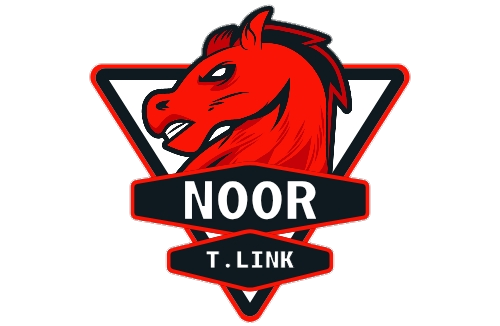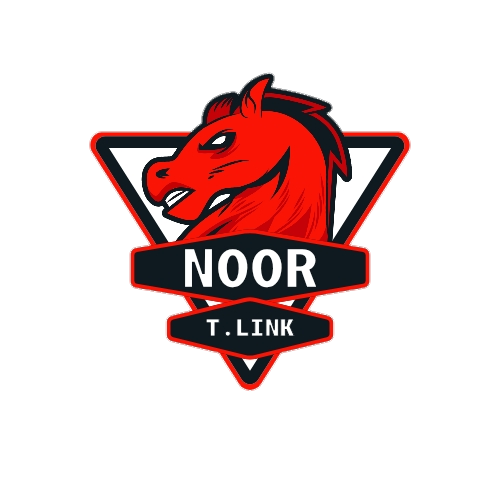In a move that underscores its commitment to privacy and decentralized web technology, Brave Browser has unveiled a blockchain-native domain system called .brave. Developed in partnership with Unstoppable Domains, this innovation seeks to streamline the complexity of blockchain transactions by converting long, unreadable crypto wallet addresses into simple, human-friendly names. This development reflects Brave’s broader goal of integrating Web3 functionality seamlessly into the traditional browsing experience.
Minted as non-fungible tokens (NFTs) on the Polygon blockchain, .brave domains provide users with permanent ownership, eliminating the need for renewal fees. The structure of these domains allows them to serve as enduring digital identities, giving users greater control over how they represent themselves and interact online.
Empowering Millions with Web3 Tools
With over 85 million monthly active users, Brave’s entry into blockchain domain services promises widespread access to digital identity tools rooted in decentralization. The introduction of .brave domains is expected to simplify user engagement with blockchain systems while enhancing trust and data security. This approach is aligned with Brave’s consistent emphasis on privacy-first technology, designed to protect users while providing cutting-edge functionality.
The .brave domains also support hosting decentralized websites via the InterPlanetary File System (IPFS), a feature that enhances content permanence and resistance to censorship. By enabling access to IPFS-hosted content directly through the browser, Brave is offering users an alternative to traditional, centralized website hosting.
Multi-Chain Support and Future Expansion
One of the notable aspects of this launch is the broad blockchain compatibility built into the .brave domain infrastructure. The domains support crypto activities across several prominent networks, including Ethereum, Solana, and Bitcoin. This multi-chain integration positions Brave to cater to a diverse and evolving user base interested in cross-platform interactions, crypto payments, and decentralized applications (dApps).
Looking ahead, Brave has indicated its intent to pursue integration with ICANN, the global coordinator of web domain names. This move could help bridge the Web2 and Web3 environments by allowing the .brave domains to function within both centralized internet systems and decentralized frameworks. If successful, it would offer a new level of interoperability, allowing users to operate seamlessly across digital ecosystems.
Today, Brave becomes the first browser to launch an on-chain top-level domain: introducing .brave, in partnership with @unstoppableweb.
.brave is now available to Brave’s over 85M users, offering a seamless way to own their digital identity, send crypto, and explore Web3. pic.twitter.com/hUuuhiHxsz
— Brave (@brave) May 20, 2025
Shaping the Future of Digital Identity
The release of the .brave domain represents more than a branding initiative; it signals Brave’s aspiration to become a central player in the emerging digital identity landscape. By allowing users to personalize their online presence through tokenized domains, Brave is enabling more meaningful and secure online interactions.
This initiative arrives at a time when blockchain adoption is gaining momentum globally, and the demand for secure, decentralized digital infrastructure is rising. Brave’s approach demonstrates how traditional internet functions—like domain naming—can be reimagined through the lens of blockchain, creating a more user-centric and censorship-resistant digital environment.
As the boundaries between Web2 and Web3 continue to blur, Brave’s on-chain domain system may serve as a model for future innovation in decentralized browsing. With privacy, ownership, and user control at the core of its design, the .brave domain marks a significant step forward in the evolution of a more open, secure, and accessible internet.



